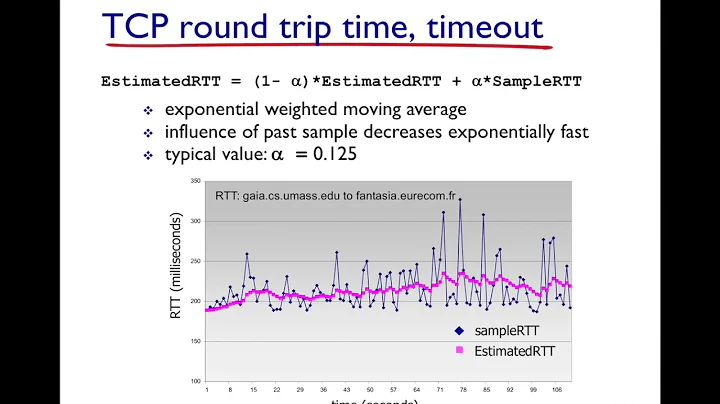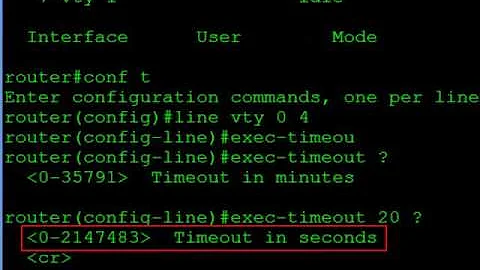What do I need to consider when setting TCP idle timeouts?
A long idle connection could mean that the connection has broken (either side has the application crashed, network cable unplugged, etc) but the resources would be still allocated, meaning that:
- Performance would be slightly impacted.
- Your application could have a limit of X simultaneous connections, and thus, you could be denying access to new clients having in reality none connected.
- You may not reconnect a client if you were using fixed ports both for source and destination (a little uncommon, but possible).
- You may reach connection/routing limits, impeding new connections to any other port or causing unexpected behaviours or a crash of the server itself.
- Many applications would not stop until all the connections are closed properly, so shutting down or restarting a service would take longer
- You won't be able to distinguish between a broken connection and an active one without inspecting TPC traffic for a while or relying on application logs
- Most client applications do not know how to react on broken connections: Some will wait for an internall timeout, but others will wait forever, causing a potential data loss if the client needs a restart.
The last one would also occur if you set a lower TCP idle timeout than needed, since some systems would simply drop the connection from it's TCP tables while other would send a RST packet to the other part.
Use idle timeouts according to the kind of traffic you manage (for example, Apache servers have a default timeout of 5 minutes, so no connection would be idle for more than 5 minutes [and a few seconds]), but never stablish a lower (or excatly the same) TCP idle timeout than your application's timeout. Implement keepalives on long-time connections at least every few minutes to ensure the connection is alive (TCP keepalives defined on socket creation have a timeout of two hours, which I consider way too high). User-interactive software (like ssh sessions, remote desktop, FTP) would be idle for a few minutes while the user reads, so I wouldn't go for less than 15 minutes.
Note: I would not recommend any TCP idle timeout below a few minutes except on highly intensive connections that won't be idle for more than a few seconds. If possible, set different idle tiemouts depending on your traffic (i.e. 6 minutes for web servers, 15 for ssh sessions, etc).
If in need of higher timeouts (someone requests an "eternal" TCP connection), try to use keepalive at application layer instead.
Related videos on Youtube
svidgen
Lord of thepointless.com, the MTG Deck Analyzer, and a few other random things. [Husband] [Father] [Catholic] Dogmatic believer that "The modern world is filled with men who hold dogmas so strongly that they do not even know that they are dogmas." (G.K. Chesterton)
Updated on September 18, 2022Comments
-
svidgen over 1 year
What's purpose of having a [low] TCP idle timeouts? E.g., why have a 60 second timeout on a firewall or load-balancer? Is it a memory management or /performance optimization thing? Is there a security risk involved in having high timeouts?
How does one determine what maximum setting is appropriate or acceptable?




